By purchasing goslings or having independently incubated eggs and received offspring, the poultry farmer is obliged to create all conditions for 100% safety of the young. If for an experienced poultry farmer everything is very clear, then the beginner is frightened by the care of small goslings.
Having understood the biological characteristics, the requirements of temperature, light and humidity, zootechnical nuances, everyone can easily raise goslings and get an excellent adult bird.
Gosling care at home
If goslings are with a goose, then caring for offspring is the mother's business. But how to properly care for goslings without a goose, you need to figure it out.
Goslings appeared, what to do?
If the poultry farmer is engaged in incubation, then even before the moment of pecking, one should decide on a place for jigging and heating, the so-called "crèche". For this you need:
- box;
- heating lamp;
- wrapping material.
Hatched goslings are left in the incubator until completely dry. However, if there is a rapid hatching, then they can be taken wet. Next, immediately place under the lamp. Goslings are very sensitive to temperature and will regulate it themselves. There is no need to stand with a thermometer over the chicks, just watch them:
- if the goslings slip under the heat source itself and lead a “struggle” for a warm place, then there is not enough heat. In this case, the number of lamps, heating height or power must be increased;
- if the center of radiation is empty, and the goslings lie down on the periphery and are not crowded, therefore, they are quite comfortable;
- if the goslings move to the farthest corner of the cage in search of coolness, then the temperature is very high.
If there is still more confidence in precision instruments, then you can use the table.
Sometimes poultry farmers are faced with a very unpleasant process: goslings begin to die . What to do in this case, we explained in detail in this article.
Temperature regime for goslings, table
| Age
in days |
Temperature
ᵒ C |
Humidity
% |
| per diem | 30 | 65-70 |
| 2-5 | 28-29 | 65-70 |
| 6-10 | 24-25 | 65-70 |
| 11-30 | 20-22 | 65-70 |
| 31 and over | 18-20 | 65-70 |
Newborn goslings that have just hatched do not need care. They will lie under the lamp and only by the age of one day will they begin active movements in search of water and food.
If goslings are bought at the market, then it is understood that they already have a day. When transporting, special attention should be paid to heating. If the air temperature is below 20 ᵒC, heating pads with warm water should be placed at the bottom of the box.
Hypothermia, even short-term, is fraught with the death of birds.
Attention litter
Clean, dry sawdust or straw chopped is poured into the box as bedding. Particular attention should be paid to cleanliness in terms of mold and microscopic fungi.
In cages for keeping, the litter can be moved as deep, non-replaceable. This means that a new layer of chaff or sawdust is poured daily without removing the old one. A complete change of bedding is carried out when the bird is transferred to other rooms.
Humidity for waterfowl, what is it like?
It is a mistake to think that if a bird is a waterfowl, then it can live in a wet cage. The table indicates the parameters of humidity according to the psychrometer, but it is not always possible to measure it.
The main parameters should be:
- dry paws;
- dry pad.
If the drinkers are organized adapted, or the cages are equipped with pools, then some of the wet litter is possible nearby.
Stocking density, or tightness, matters
Goslings should move around the cage without bumping into each other. Boredom is not allowed. When keeping goslings, the following standards should be used:
- 1-30 days - 6 heads per square meter of poultry house area;
- 30-60 - 3 heads;
- 60 and more - 2 heads.
A denser landing will be accompanied by a struggle for food, which should not be allowed. Cages should be equipped with drinkers, feeders for grain and green mass so that the goslings have constant, free access.
Light mode
By placing the goslings under the lamps, there is no need to worry about the light regime. At the age of up to 10 days, the bird should always be in a bright room. This will allow her to:
- find water easily
- have unhindered access to feeders at any time of the day.
If the temperature regime can be maintained without lamps, then by day 12 daylight hours can be reduced to 16 hours. Next, the goslings are transferred to a natural daylight hours.
Recommended: Incubation of goose eggs at home.
Teach your voice
Geese are smart birds. When caring even for daily goslings, try to talk, lure them with your voice. The habit of serving staff serving food is developed very quickly, but not to the appearance, but to the voice.
Approaching the cage, or entering the poultry house, try to talk to them every time. Over time, it will be noticeable how the bird also begins to communicate and accepts the birder as a member of the flock.
If you need to catch a feathered one, you do not need to give sound signals, do it silently. Otherwise, you will disorient the bird, and it will stop believing you.
Pen change
It is interesting to watch the hatched goslings. Their body is covered with soft down. The change of plumage takes place gradually over 2.5 months. Tail feathers appear by the 10th day. In another 10 days, the fly feathers grow, and then the entire feather change takes place.
It makes no sense to find out when the goslings fledge, they will do it on their own. The poultry farmer needs to ensure that the pen is:
- dry;
- pure;
- even;
- brilliant.
Feathering rates are indicators of health and balanced feeding.
grazing goslings
Juicy herbs provide the bird not from the first days. They begin to feed green fodder from the 3rd day, and from the 5th it is already possible to walk.
For grazing choose areas with tender, young, juicy herbs. Preference is given to legumes. If you choose walking goslings on the street, the air temperature should not be below 20 ᵒC.
Monthly goslings no longer need strict control, they will be able to stand up for themselves, but a responsible poultry farmer should not lose sight of anything.

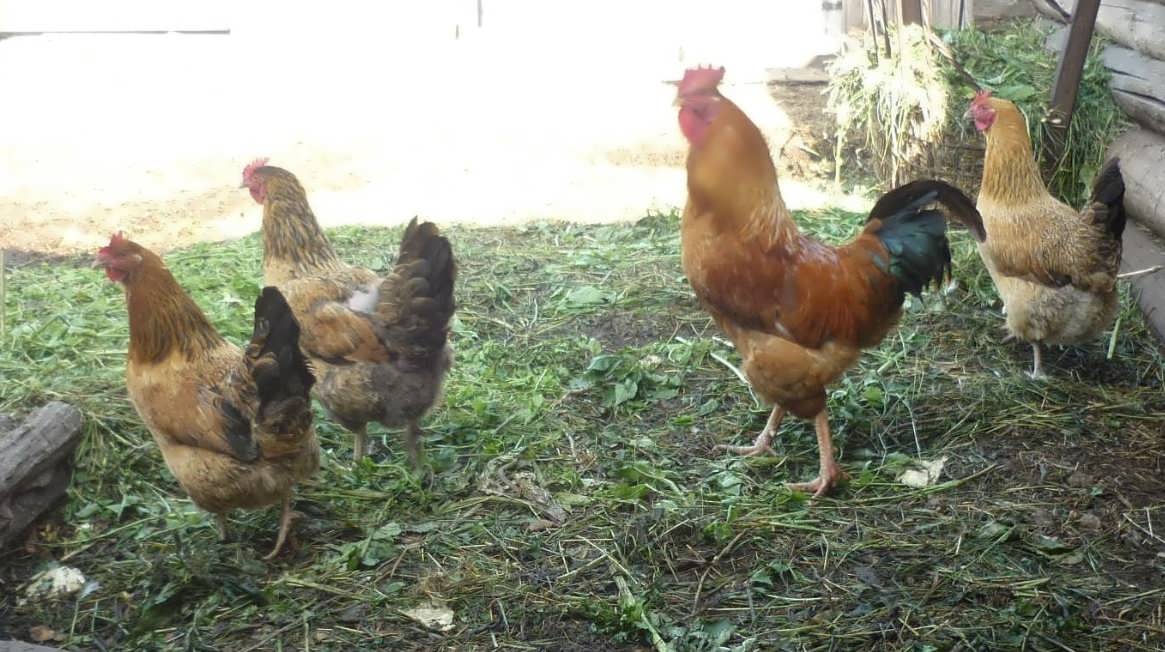
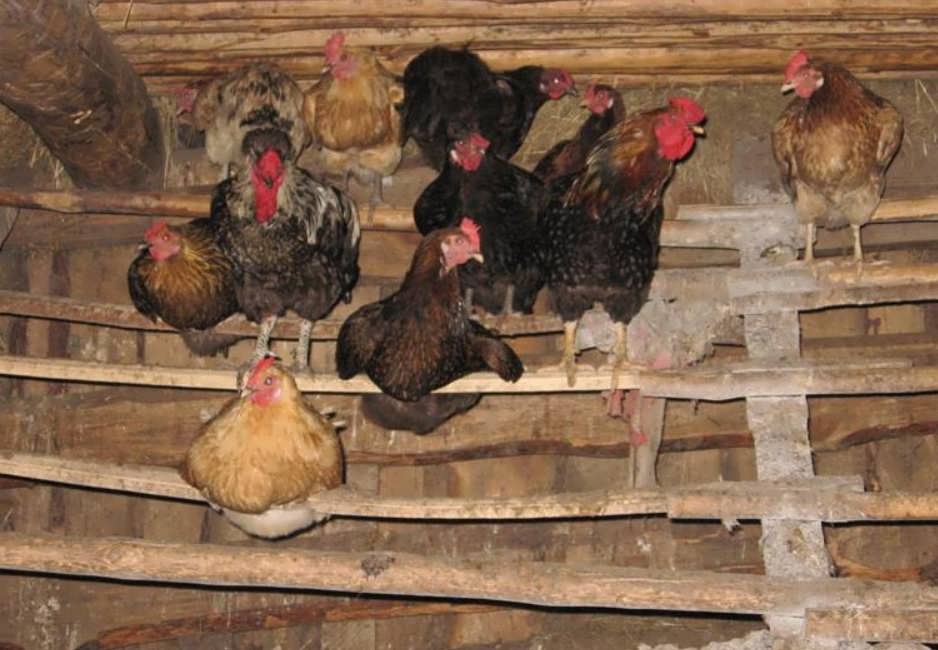
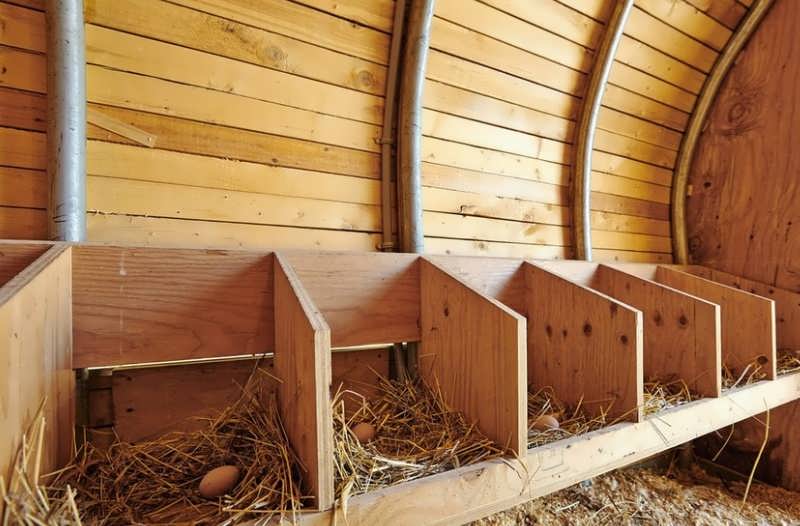
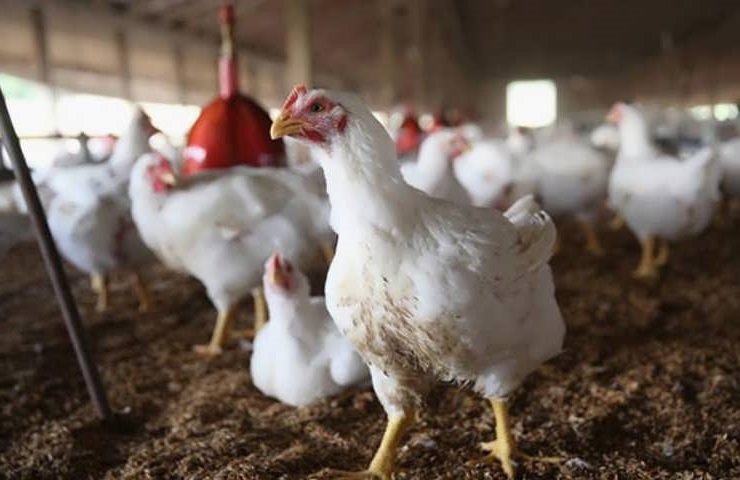
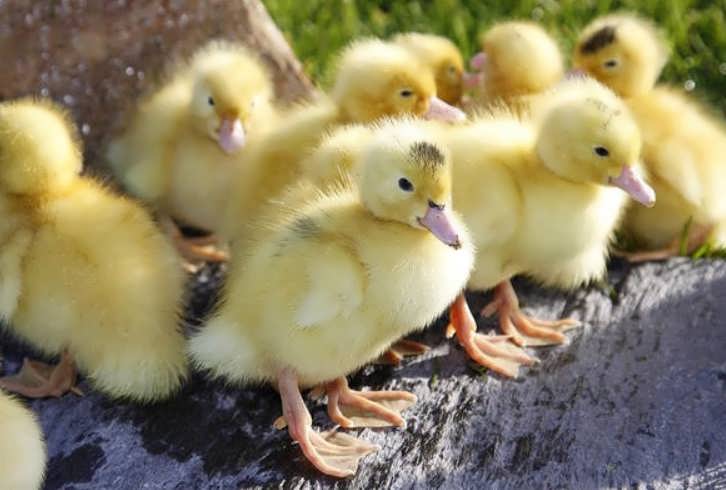
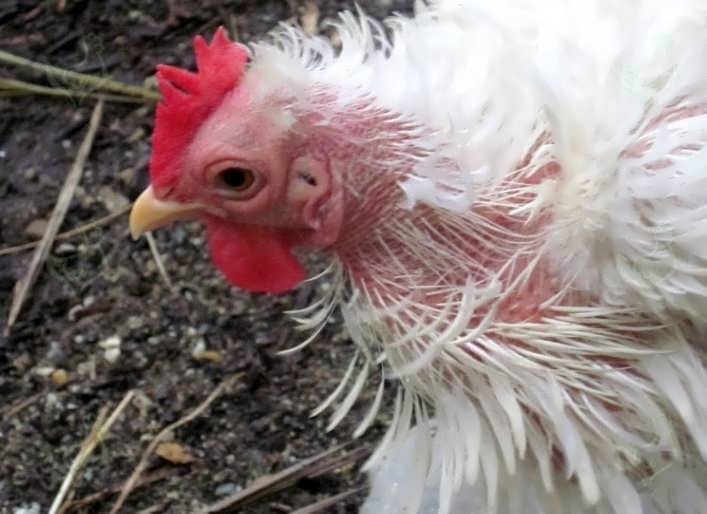

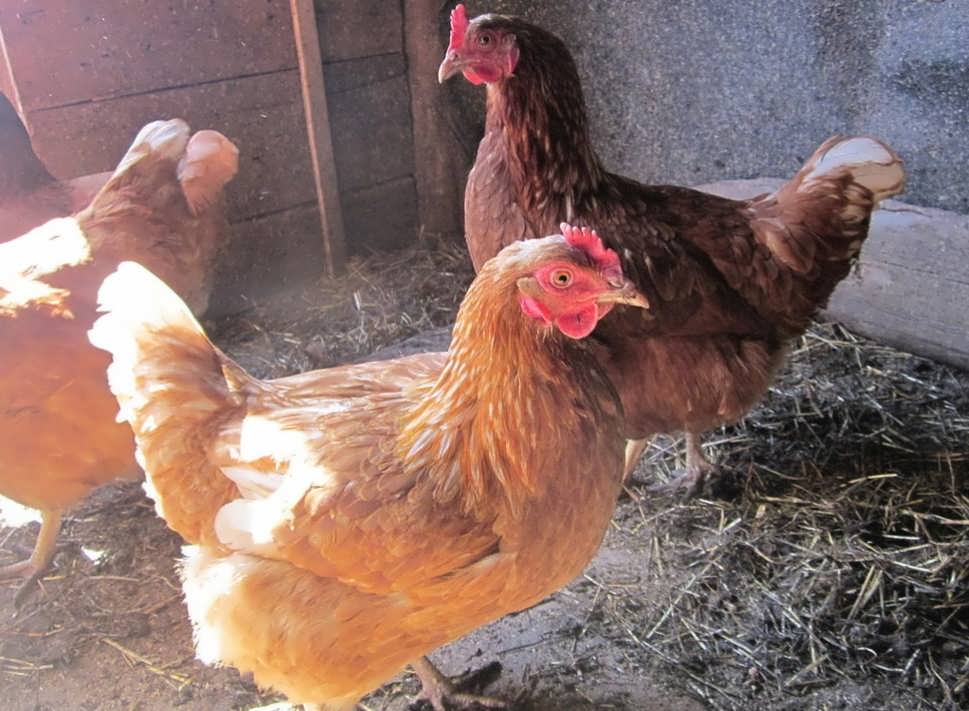
My husband and I have just started breeding goslings and your help turned out to be very useful for us. Thanks to your advice, at the initial stage, we managed to avoid many mistakes that would not allow us to achieve a good result. Now we do everything right and hope for the best that we will succeed.
I had to adjust the care of my goslings a little. now everything will be different, there is confidence that they will grow better.
Thanks for the smart approach!
Do you know how to accurately distinguish a layman writing about geese from a real poultry farmer?
Start reading with the paragraph about feeding newly hatched chicks. If the author writes to urgently run to feed them, otherwise they will die, you no longer need to read this author.